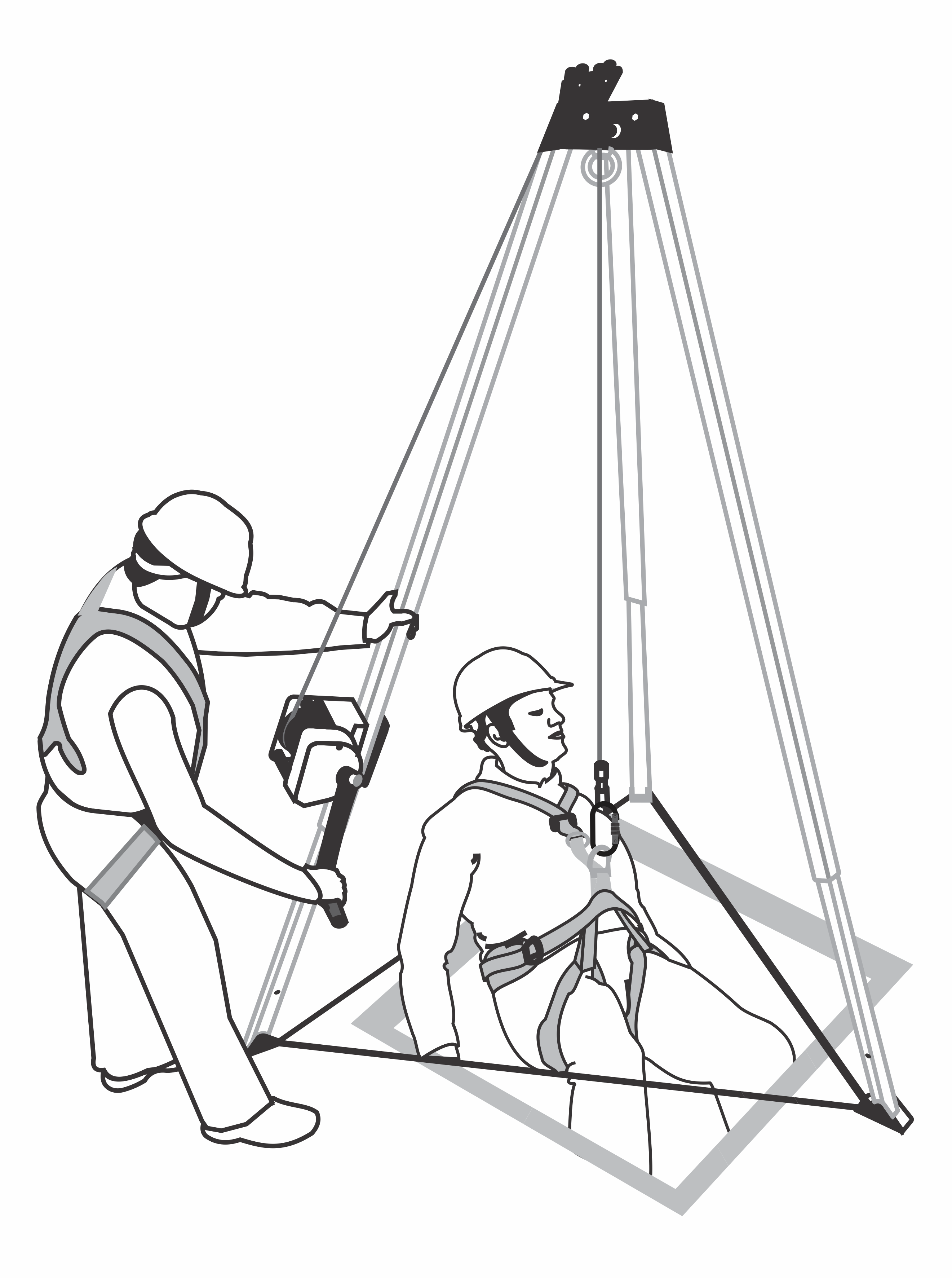RESCUE AND EVACUATION
THE BASICS OF RESCUE AND EVACUATION
During works at height, an accident can happens, and the intervention of a rescue worker can be necessary to evacuate the victim.
In this case, the rescue worker shall take action in an emergency situation. THE GOLDEN RULE in such a case is to PREVENT ANOTHER ACCIDENT FROM HAPPENING.
As a consequence, and before any intervention, the rescue worker should ask himself/herself the following questions:
- Is there any residual hazard further to the accident (electrical hazard, presence of gas, ...)?
- Am I capable to intervene (physical capacity, psychological capacity, technical capacity, ..)?
- Do I have full control of the rescue plan (calling the emergency services, ...) and do I master the operating mode of evacuation?
- Have I been SPECIFICALLY trained for the rescue operations that I am going to implement? (OBLIGATION of the Directive 89/655/CEE Article 7 et Annexe ll §4.4.f (Directive 2001/45/CE)).
Then the rescue worker shall be able to intervene in accordance with the rescue plan defined beforehand; their priorities shall be the following:
- Securing the victim,
- Get the victim off inert suspension in the shortest time,
- Await the emergency services in the best conditions.
Every situation is unique, and requires adapted material. When establishing the evacuation plan defining the human and material means to be implemented, it is essential to distinguish between the main following situations:
- Evacuation in confined space,
- Self-evacuation on fixed post,
- Evacuation on site (multi-situation, one or several victims),
- Evacuation on ski lift.
WARNING: DURING RESCUE AND EVACUATION OPERATIONS, THE RESCUE WORKER MUST BE:
TRAINED AND EXERCISED
|
Evacuation and rescue |
Self-evacuation (down evacuation) |


.png)